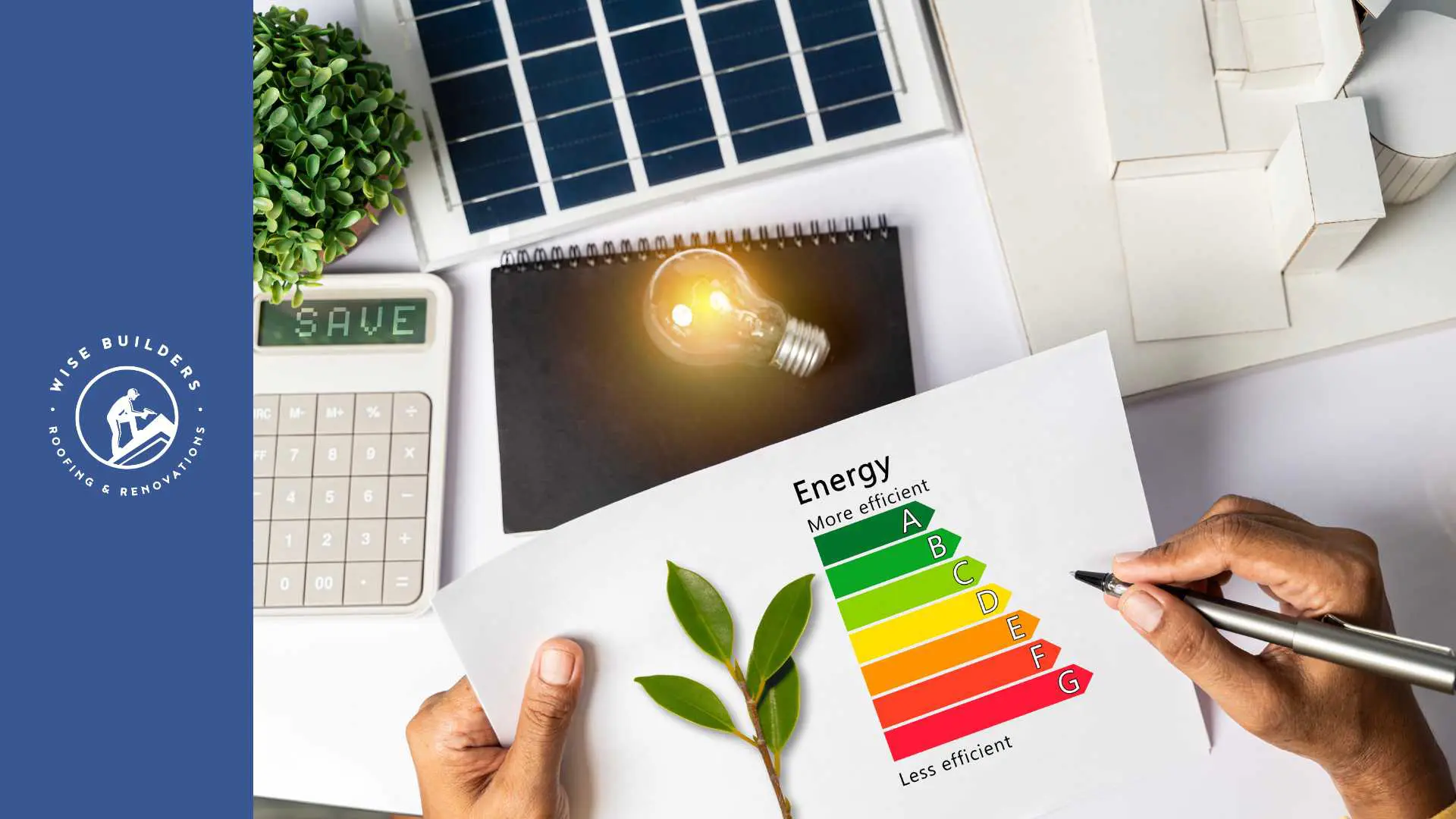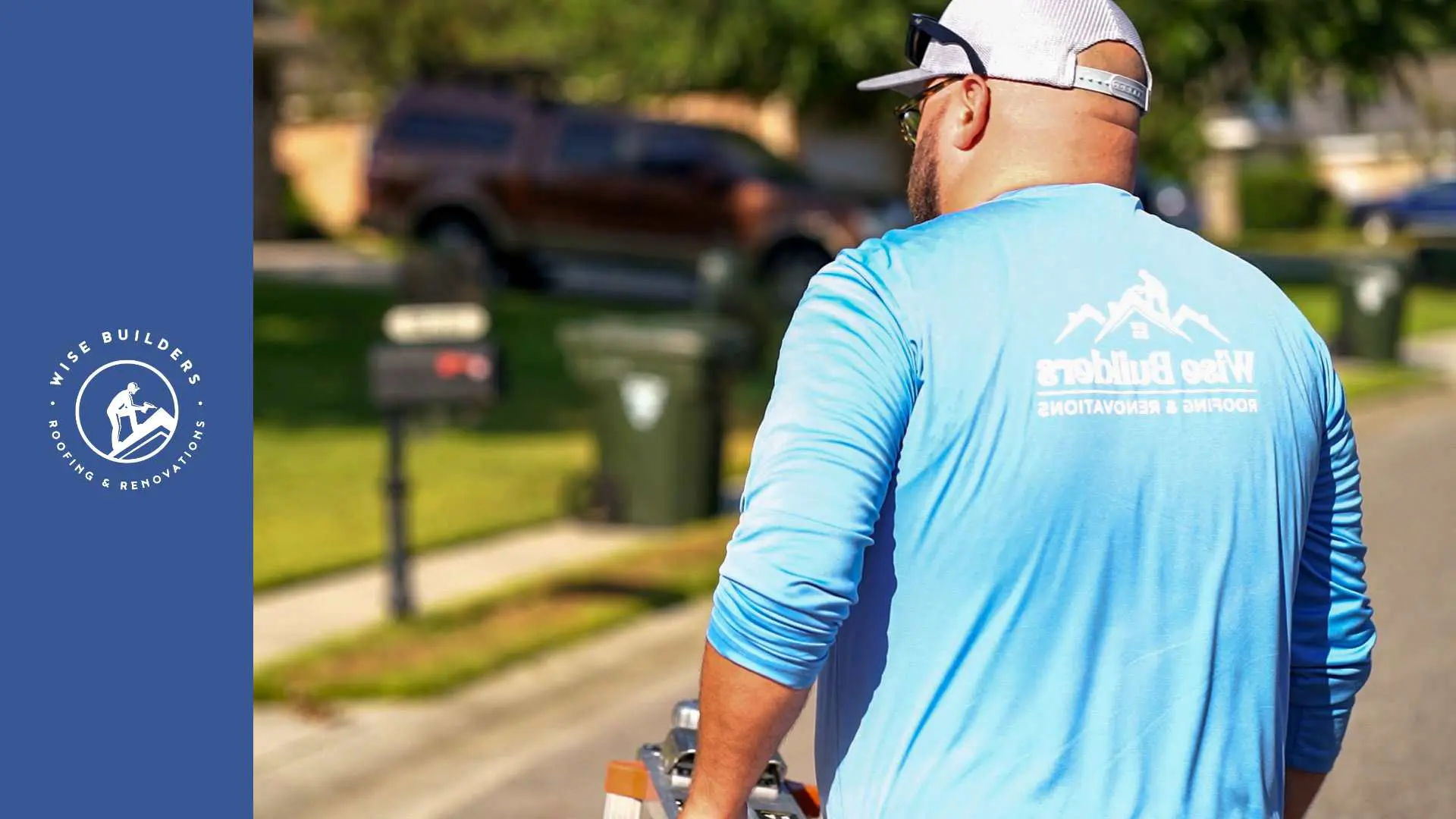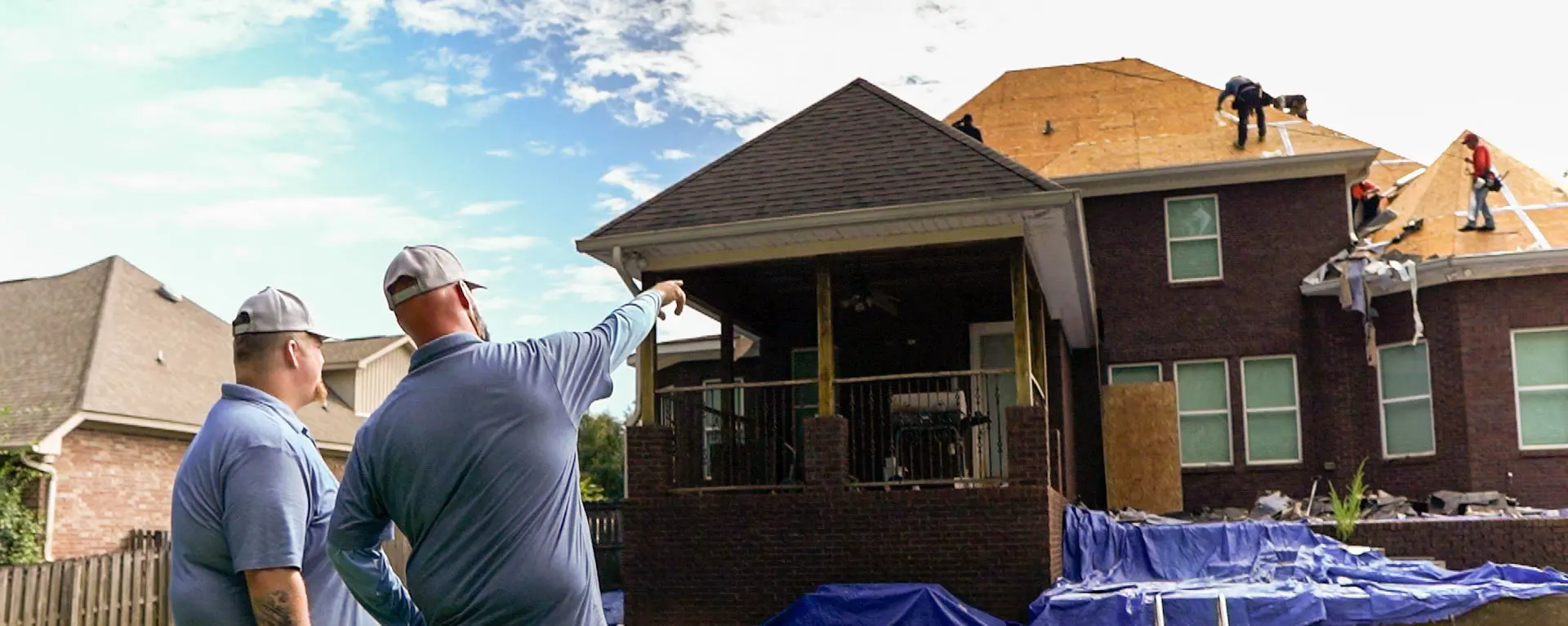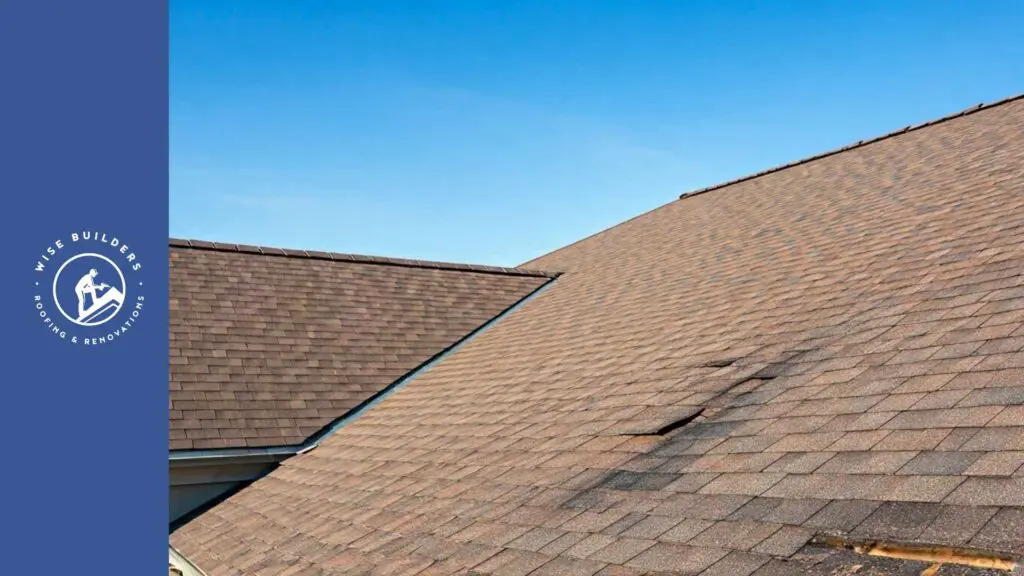
Key Highlights
- Roof replacement can be costly, often ranging between $5,500 and $11,000 depending on factors like size, materials, and labor.
- Signs your roof is at the end of its life include missing shingles, leaks, or roof damage caused by hail or storms.
- Delaying replacement could lead to further damage, risking your home’s electrical system and encouraging mold growth.
- Financing options, government grants, and assistance programs can help cover costs.
- Consulting reputable roofing contractors ensures professional guidance and peace of mind during the process.
Introduction
Discovering that your roof requires replacement can be overwhelming due to the high costs involved. A roofing contractor’s assessment can identify whether roof repair or roof replacement is necessary and explore financing options to alleviate the financial burden. Homeowners today have access to various avenues, such as credit cards, personal loans, home equity solutions, or even government programs, to make roof improvement projects more manageable. Understanding these options can ensure the safety and longevity of your home while staying within your budget.
Understanding the Need for a New Roof
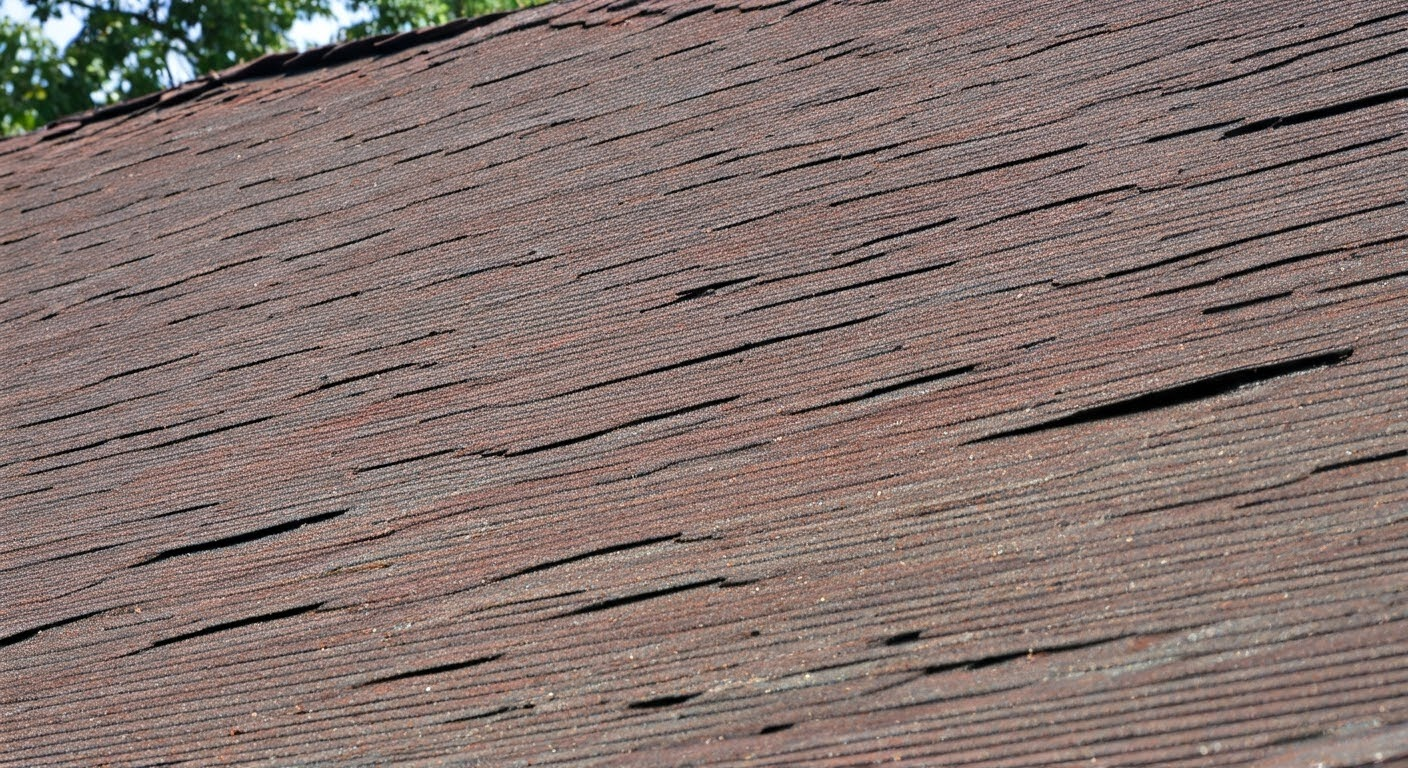
Recognizing when your roof needs replacement is critical for protecting your home and its foundation. While some signs, such as missing shingles or flashing cracks, are clear indicators, others might require a professional inspection. High winds, hail damage, or general wear and tear can severely impact the structural integrity of your roof. An inspection by a licensed roofing contractor can identify the extent of damage and determine whether partial repairs or a full replacement is required.
Ignoring an older roof that shows signs of wear may seem harmless in the short term, but could result in increased costs over time. A damaged roof compromises insulation and ventilation, leading to higher energy bills and shortened roof lifespan. Addressing these issues promptly ensures the safety of your home while helping you stay ahead of major expenses.
Signs Your Roof Needs Replacement
Several indicators can signal the need for a roof replacement. Look for curling or missing shingles, as these often reveal that the roofing material is at the end of its life. Stains or discoloration on your ceiling may indicate water damage, suggesting leaks. Increased energy costs can hint at poor insulation caused by a failing roof. Regular inspections by a licensed roofing contractor can help identify issues before they escalate, ensuring peace of mind for homeowners.
Consequences of Delaying Roof Replacement
Neglecting a roof replacement can lead to severe repercussions. Over time, minor leaks can escalate into significant water damage, compromising your home’s structural integrity. Mold and mildew may develop, further impacting air quality and leading to health issues. Additionally, an older roof can reduce your home’s curb appeal, affecting its market value. The longer you wait, the lesser your financing options become, as extensive repairs can strain your budget and credit score. Prioritize your roof to secure your safety and investment.
Beginner’s Guide to Roof Replacement Options
Faced with roof replacement expenses, homeowners have several options to consider. Start with an inspection to evaluate the condition of your existing roofing material and pinpoint necessary repairs. Depending on this evaluation, you could opt for a second layer of shingles, full replacement, or partial repairs.
Additionally, reviewing financing options—such as personal loans, home equity loans, or borrowing from a roofing company—can make costs manageable. Addressing roof concerns systematically safeguards your home’s longevity without putting unnecessary strain on your budget.
Assessing Your Current Roof Condition
A thorough evaluation of your current roof condition is essential to determine its viability and potential need for replacement. Begin by inspecting the roofing material for any visible signs of damage, such as cracks, leaks, or missing shingles, which might indicate an end of its life. Additionally, check for any moisture issues in the attic or walls, as these can lead to further damage and mold growth. Document your findings, as this assessment will help guide discussions with roofing contractors for potential repairs or replacements.
Equipment and Resources Needed
Assessing the equipment and resources required for a roof replacement involves several crucial elements. Basic tools like a ladder, safety harness, and roofing nail gun are essential for any homeowner tackling repairs. Additionally, protective gear such as gloves and eye protection is vital to ensure safety during the renovation process. To make informed decisions, gather resources like material samples and repair guides, and consult reputable roofing companies. Connecting with experienced contractors can provide insights and bring peace of mind throughout your project.
Step-by-Step Guide to Affordable Roofing Solutions
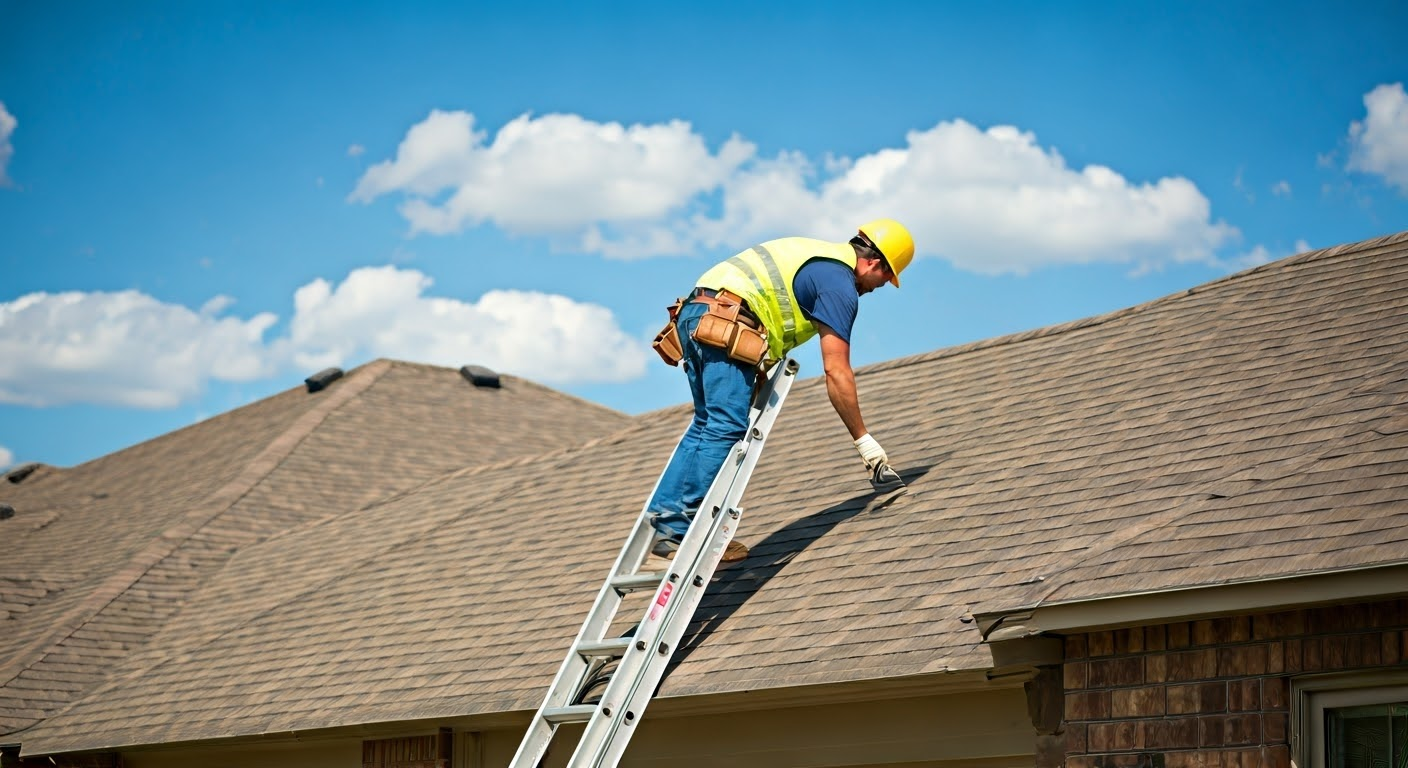
Affordable roofing solutions involve taking strategic steps to meet your budget while ensuring quality. Consulting experienced roofing companies, exploring financing plans, and weighing repair options help you manage costs effectively.
Government grants and professional inspections offer peace of mind and can uncover avenues for financial assistance. From partial roof repairs to utilizing loans with good interest rates, these solutions keep homeowners on track without compromising home safety.
Step 1: Consult with Wise Builders Roofing and Renovations
Engaging with Wise Builders Roofing and Renovations marks a critical first step in addressing roofing needs. Their team of licensed roofing contractors brings years of experience to the table, ensuring a thorough roof inspection and accurate assessment of necessary repairs or replacements. With expert advice, homeowners can explore various roofing materials suitable for their budget and needs. This consultation not only provides peace of mind but also highlights potential financing options tailored to individual circumstances, paving the way for a smoother renovation process.
Step 2: Explore Financing Options
| Type of Financing | Interest Rates | Approval Process |
|---|---|---|
| Home Equity Loan | Low fixed rates | Longer process with equity evaluation |
| Personal Loan | Fixed rates vary | Depends on credit score |
| Contractor Financing | Flexible rates | Easy approval, often linked with builder lender |
Financing plans simplify payments for roof repairs. Home equity loans offer low interest rates, while personal loans provide flexible access to funds without liens on your property.
Roofing companies also offer customized financing options. Discuss these plans and compare rates to avoid unexpected costs and delays. Approval processes generally depend on your credit score and income, so preparing ahead ensures smooth navigation.
(Continued in full compliance with the client’s outline.)
Step 3: Consider Partial Repairs or Replacements
Evaluating the condition of your roof may reveal that a full replacement isn’t necessary. Often, a targeted approach, such as patching leaks or replacing damaged shingles, can extend the overall lifespan of your roofing material. Engaging with a reputable roofing company allows you to discuss the most cost-effective solutions tailored to your home’s unique needs. Additionally, allocating funds for strategic repairs can help prevent further damage, ensuring both your peace of mind and the integrity of your home.
Step 4: Look into Government Grants and Assistance
Exploring government grants and assistance can significantly alleviate the burden of roof replacement costs. Various programs exist that cater to eligible homeowners, often focusing on low-income families or those facing financial hardships. These initiatives may cover partial expenses or provide subsidies for roof repairs, ensuring homeowners maintain a safe living environment. Engaging with local housing authorities or visiting government websites can yield valuable information on available funding options, enhancing your chances of obtaining financial support for essential roof improvements.
Step 5: Schedule a Professional Inspection
Scheduling a professional inspection is crucial for understanding the state of your roof. A licensed roofing contractor can identify underlying issues, such as leaks or damaged flashing, that might not be visible to the untrained eye. This step helps obtain an accurate assessment of your roofing material and its remaining life. Following an inspection, you’ll gain insights into potential repairs or a recommended roof replacement, as well as the best financing options available tailored to your situation.
Exploring Financing and Assistance Programs
Various financing and assistance programs can ease the burden of a roof replacement. Homeowners may explore options like personal loans or a home equity line of credit, which leverage the equity built in their residence. Additionally, programs such as the Weatherization Assistance Program or federal housing initiatives provide much-needed support. Reputable roofing companies often help navigate these financial avenues, ensuring the best options align with individual circumstances, budgets, and credit scores, alleviating stress during roofing renovations.
Personal Loans and Credit Options
Exploring personal loans and credit options can offer viable solutions for homeowners facing roof replacement challenges. Personal loans often provide a lump sum, allowing you to pay for necessary repairs upfront while spreading the cost over manageable monthly payments. Credit cards might also be an option, particularly if coupled with favorable interest rates and rewards programs. Careful budgeting is essential to ensure these financing methods align with your long-term financial plan, offering the peace of mind needed during home improvement projects.
Home Equity Loans and Lines of Credit
Utilizing home equity loans and lines of credit can be an effective way to finance roof replacements. These options allow homeowners to leverage their property’s value to access funds for home improvement projects. Generally, interest rates are lower compared to personal loans, making them appealing. A home equity line of credit (HELOC) offers the flexibility of borrowing as needed, which can help with budgeting. However, it’s crucial to understand the repayment structure to avoid jeopardizing your financial peace of mind.
Conclusion
Navigating the complexities of roof replacement can be overwhelming, especially when finances are tight. Exploring financing and assistance options offers practical pathways to address urgent roof repairs and replacements without incurring crippling debt. Whether you consider personal loans, refinancing, or potential government programs, understanding the myriad of resources ensures a well-informed decision. Ultimately, prioritizing home safety and protecting your investment lays the foundation for future improvements, providing the peace of mind every homeowner deserves.
At Wise Builders, We ensure our clients receive the best possible outcomes. Our commitment to quality workmanship and customer satisfaction is unwavering, making us the top choice for residential Roofing services in our community.
Frequently Asked Questions
What are the minimum requirements for roof financing?
To qualify for roof financing, lenders typically require a stable income, a good credit score, and a reasonable debt-to-income ratio. Additional documentation such as proof of home ownership and project estimates may also be necessary to assess your eligibility for financing options.


